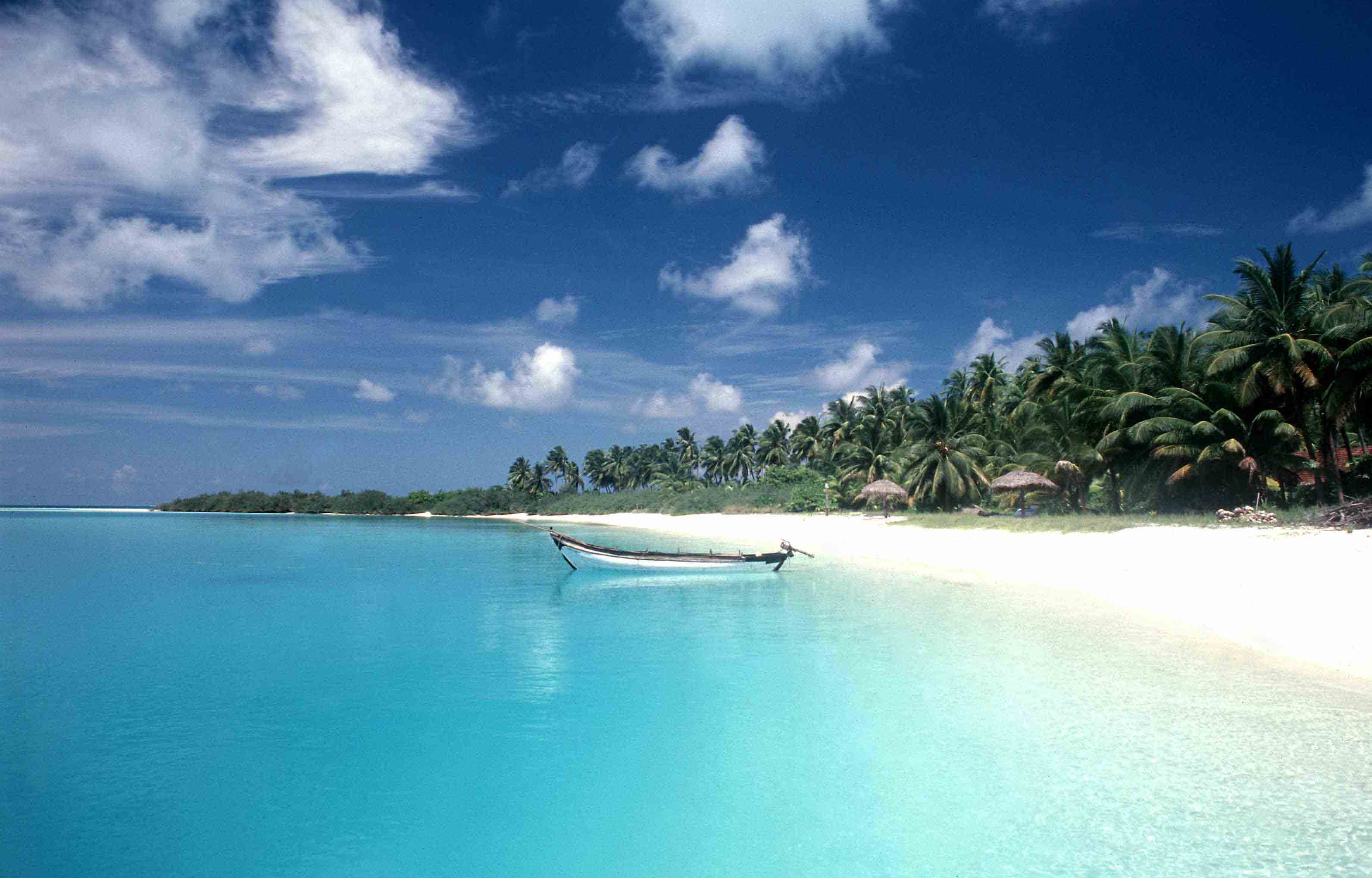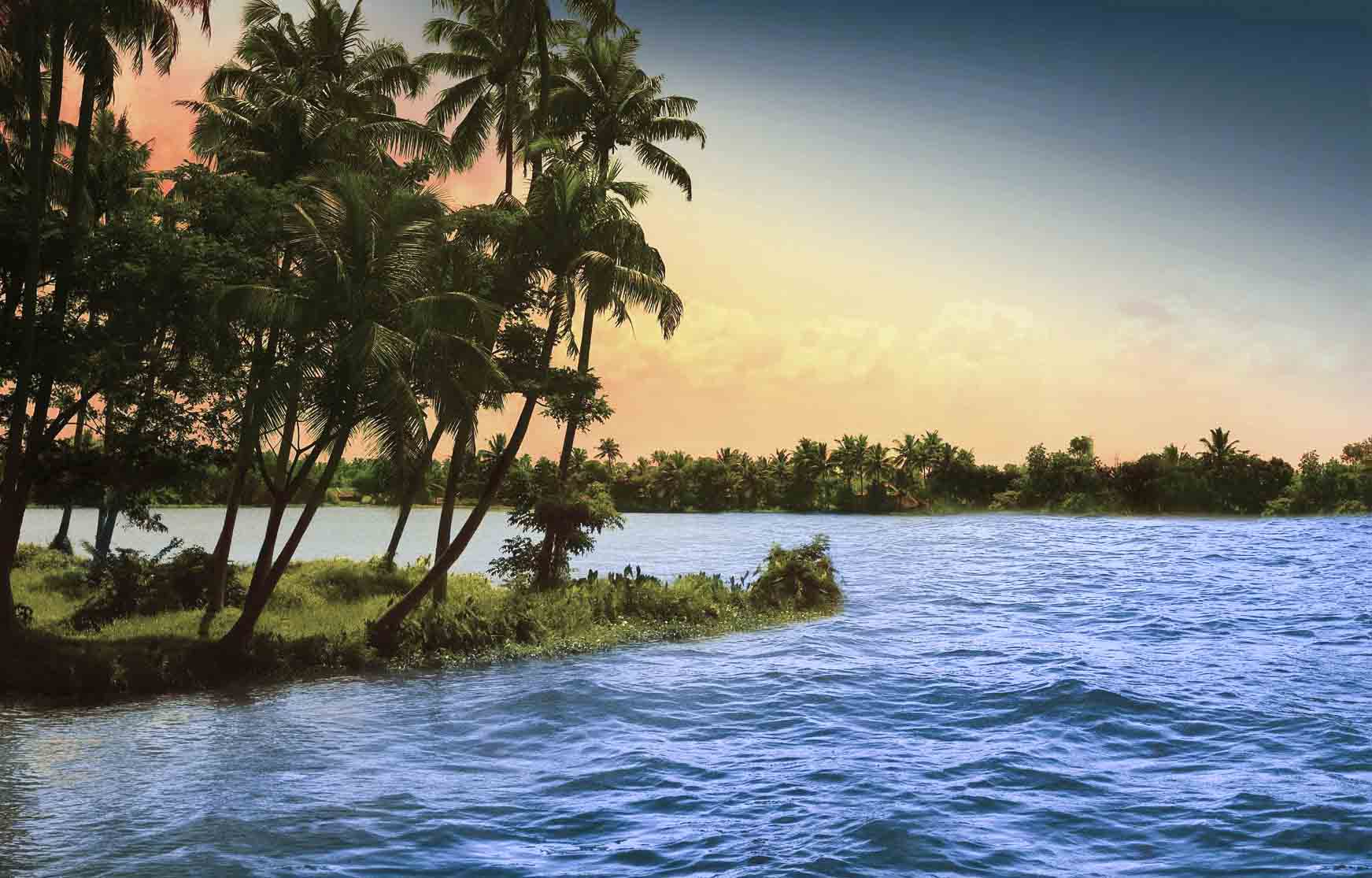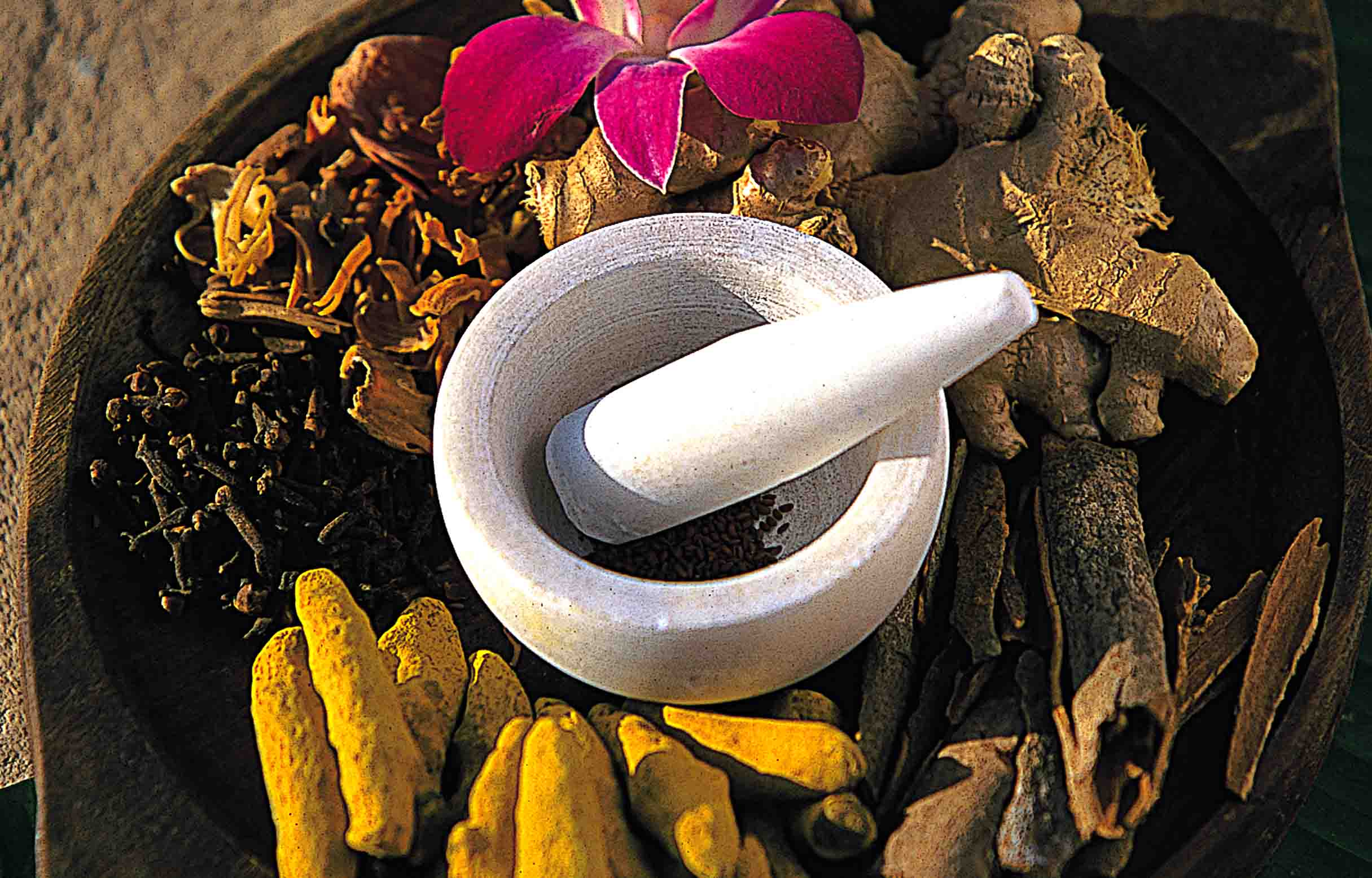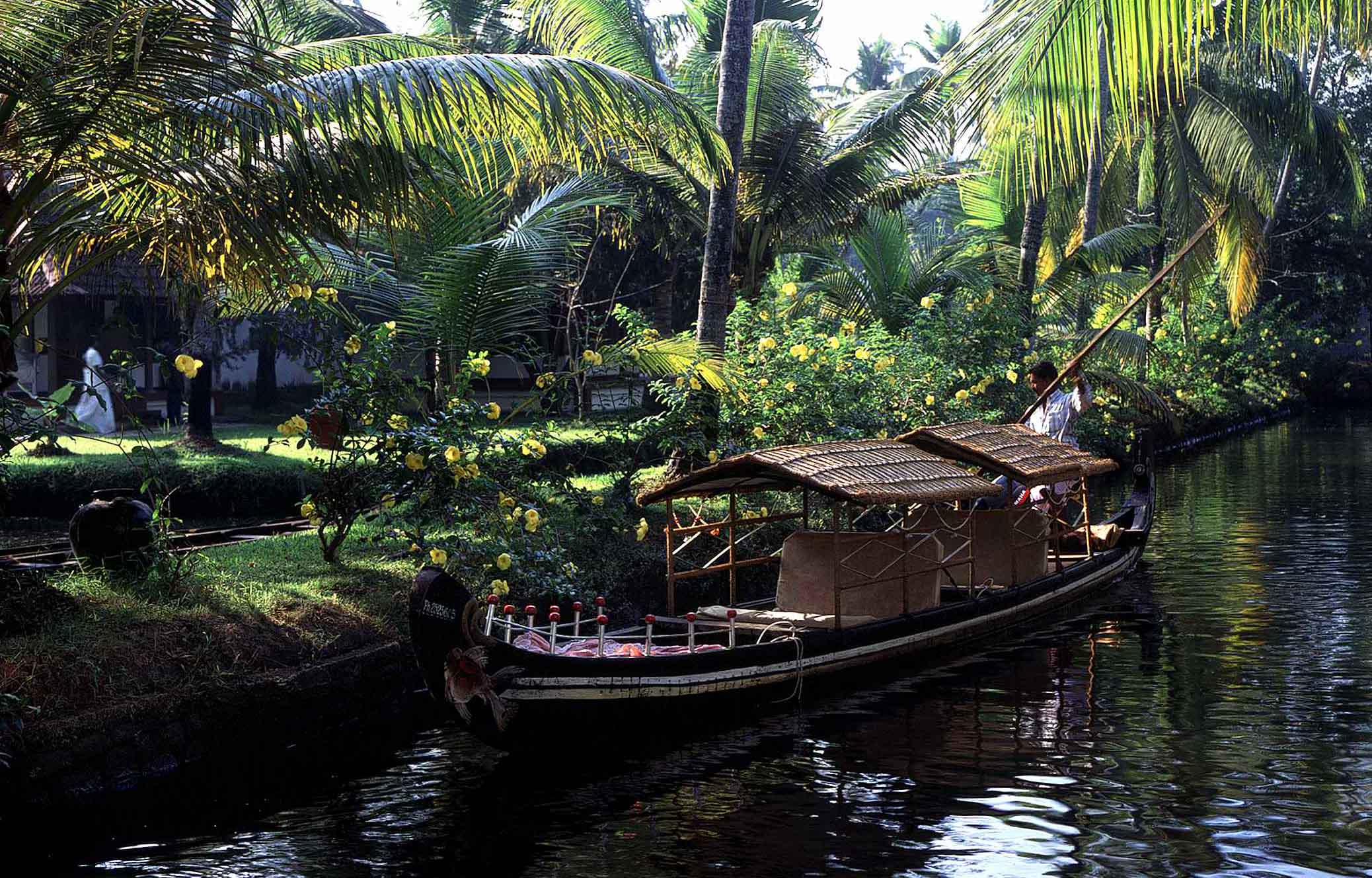South India Bliss
South India Bliss
Chennai – Bangalore – Mysore – Madumali – Coimbatore – Cochin – Kerala – Chennai
November to February – Possible Year Round
With her coconut trees, spices, tea plantations, temples, backwaters and beaches – South India really does charm. This delightful tour explores India’s hospitable South with a new discovery at every turn – from Mysore’s royal palace, to the idyllic backwaters of Kumarakom. With a fun elephant ride in Mudumalai wildlife sanctuary, this tour is sure to please even the most jaded traveler. As filmed in “A Passage to India” we climb almost 2,000m (over 6,000′) on the delightful Nilgiri Mountain Railway as it winds through forests filled with butterflies and flowers.
Highlights
- Rest, relaxation, natural beauty
- Culture that dates back to the dawn of man
- Boats, buses and elephant back. And a metre gauge railway, too
- Luxury accommodation throughout
%
Days
%
Luxury
%
Destinations
Itinerary
Days 1 - 3 Chennai - Mahabalipuram
You are greeted at Chennai airport and escorted to Mahabalipuram. This town boasts exquisite Pallava rock-cut architecture, for which it has been declared a world heritage site. It was the second capital and sea port of the Pallava Kings of Kanchipuram the first Tamil Dynasty, who ruled between the 6th and 9th century A.D. It is also a lovely beach resort. We explore the wonders of Mahabalipuram, including the five Rathas named after the Pandavas – a group of monolithic monuments and figures of animals carved out of solid rocks of granite. We visit the Shore Temples, lashed out by the waves of the sea. During our stay we take a day trip to Kancheepuram, one of the seven sacred cities of India, and successively the capital of the Pallavas, the Cholas and the Rajas of Vijayanagar. It is one of India’s most spectacular temple cities. Kailasanatha Temple – dedicated to Shiva, is believed to be 1200 years old and is the finest example of Pallava architecture in south India. There is also time to just relax at the beach.
Day 4 Bangalore
Today we return to Chennai and continue on to Bangalore by Shatabdi Express train. This leaves us the afternoon to explore a little of this “garden city.” But first we stop for lunch at a rather unusual place – the Mavalli Tiffin Room. It may not look like much it is a real experience and we are quite likely to be the only non-locals present. We are served a seemingly never-ending variety of South Indian foods on a silver thali plate. The waiters don’t stop to chat as they ladle out the delicacies from stainless steel buckets – it will be a meal you won’t forget! After lunch we visit the 16 th Century Dravidian style Bull Temple – one of the oldest in Bangalore. It is believed that the granite statue of Nandi (the bull who transports the god Shiva) is actually growing. We also stop in at Tipu Sultan’s modest palace – noted for its elegant teak pillars.
Days 5 - 6 Mysore
We travel to Mysore by deluxe coach. The royal city of Mysore affords plenty of attractions. It is famous for sandalwood, incense, and silk. We visit the magnificent palace, built in 1912 – at times beautiful and often over the top – it is definitely worth seeing. There is also time in Mysore to visit the Devaraja fruit and vegetable market, one of the most colorful in India – it is a photographer’s dream.
Days 7 Madumali
Madumali wildlife sanctuary in the foothills of the Nilgiri mountains. Covering an area of over 321 sq km, it provides cover for a variety of animals including elephant, bison, tiger, leopard, and a large variety of birds. The sanctuary has the largest population of wild elephants in India. In Madumali we explore the jungle on elephant back for an unforgettable safari. We also visit the elephant training camp. Here we will see elephants being bathed and fed – the calves are always a hit with visitors as they play and romp about.
Day 8 Coimbatore
Today we continue by bus to Udhagamandalam or simply “Ooty.” The Queen of the Blue Mountains, Ooty is famous for its rolling hills covered in pine and eucalyptus forests and its coffee and tea plantations. It is the home of the Toda tribal people. Ooty was developed by the British as a summer retreat and the Maharajahs followed. We visit the Botanical Gardens and Raj Bhavan for a leisurely walking tour. The Gardens have more than 1,000 varieties of plants, shrubs and trees among beautiful lawns and glasshouses. The Gardens were developed by the Marquis of Tweeddale in 1847 with the help of a Kew gardener. Later we transfer to train station for the toy train to Metalapalayum. The delightful narrow gauge Mountain Railway, in its blue and cream livery, negotiates 16 tunnels and 250 bridges on the route. It is a delightfully scenic journey, through tea plantations and lush forests filled with butterflies and flowers. The railway scenes in the film “A Passage to India” were filmed here. An Indian gauge train line links us to Coimbatire.
Days 9 - 10 Cochin
A very picturesque journey over the Western Ghats to Cochin, passing through tea and coffee plantations. Ghat roads have numerous hairpin turns making the travel slow but exciting. Cochin is one of the most interesting towns in South India. On the main trade route between Europe and China it has been a trading port since Roman times. We take a boat tour of the harbor to get a good view of the Chinese fishing nets. These cantilevered fishing nets line the entrance to the harbor mouth. They are believed to have been introduced by the Chinese in the 14th century. We also visit the Jewish quarter and Synagogue (c. 1568) and learn the fascinating story of the Cochin Jews. This neighborhood is now also famous for its antiques (and old junk!) so we leave plenty of time for you to explore some of the little shops. We visit Mattancherry Palace (c. 1557); the Palace was built by the Portuguese as a gift for the Raja of Kochi in exchange for trading rights. In 1663 it was rebuilt by the Dutch. The Palace follows the traditional Kerala pattern of four buildings with a central courtyard. The temple in the center is dedicated to Bhagavati. The Palace has exhibits of the Rajas of Kochi but the main feature is the series of remarkable murals painted on the wooden walls.
Days 11 - 12 Kumarakom
It’s a picturesque drive to Kumarakom, nestled in Kerala’s centuries-old, palm fringed backwaters that stretch over 1900 kms. The ‘backwaters’ refer to the large inland lakes and canals of Kerala. They snake over the land, bestowing paddy fields with good harvests and providing villages with water. Today these backwaters act as vital waterways for the transport of goods, people, and products. They are often the only link between remote, isolated villages. It’s an incredible experience to float along these soothing waters in a country craft. We spend our time here either relaxing along the water’s edge, or sailing through the narrow canals. Either way we can enjoy the scenic natural beauty of coconut trees, rice paddies and village life.
Days 13 - 14 Kovalam
Today we make our way to the west coast, to the beautiful beaches of Kerala. In Kovalam we just relax on the beach. Optional aryuvedic treatments such as massage and steam baths are easily arranged.
Days 15 - 16 Chennai
We fly to Chennai to visit Fort St. George, the first British fort in India which remains a symbol of the British Raj. On the final morning our tour ends with breakfast and transfer to the airport for your onward journey.



























